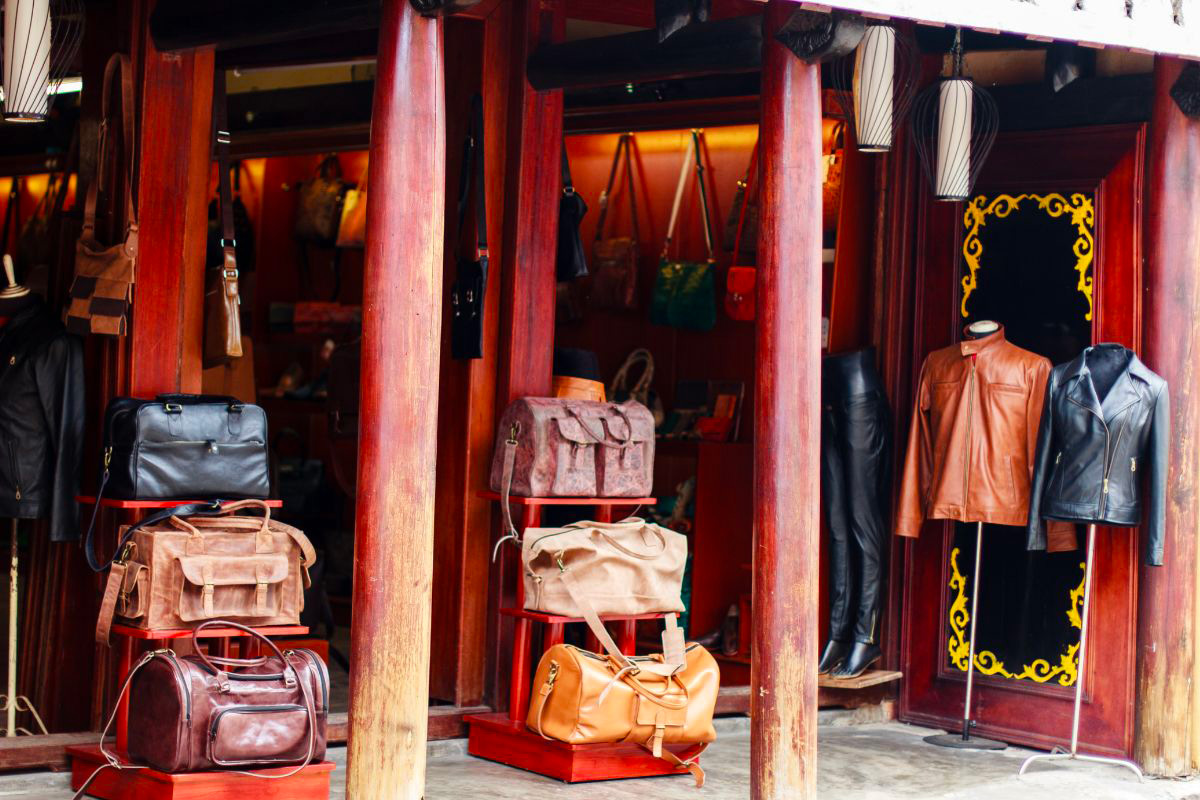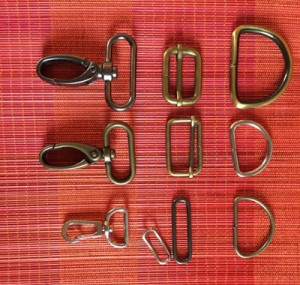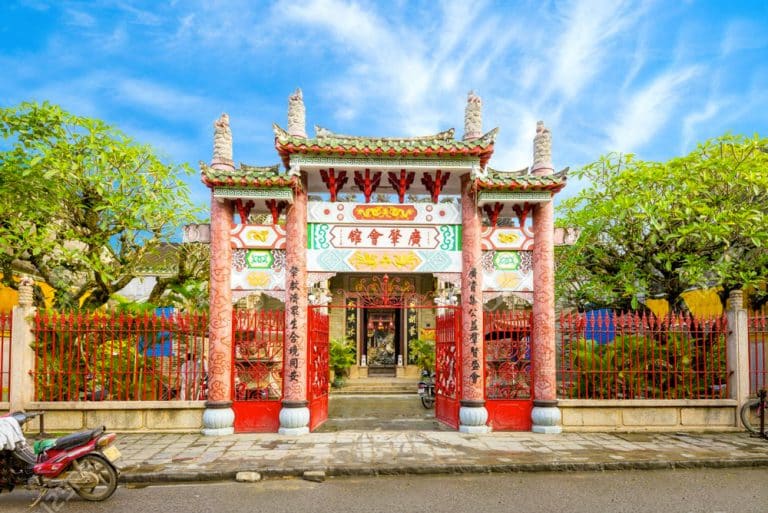How to get a Custom Leather Bag in Hoi An | Complete Guide
Custom Leather Bags in Hoi An: Is it Worth it?
When people talk about Hoi An, they immediately think of tailors and custom-made shoes. That’s pretty much the basics here. But what many people only discover once they get here is that you can also have a custom leather bag made. And I’m talking about a real bag – not some random souvenir that ends up forgotten in a closet. Here, you can choose the shape, the size, the leather, the color, the number of pockets, and even the small finishing touches. Basically, you get exactly what you want.
Sure, it can be very tempting, but like many things in Vietnam, you need to know a few rules of the game to avoid unpleasant surprises. From low-quality leather, to glued seams instead of stitched, to shops that inflate prices because a guide is getting a commission – you’re better off being prepared.
In this article, I’ll give you everything you need to know to leave Hoi An with a solid, well-made leather bag, and most importantly, without getting ripped off.
Where Does the Leather in Hoi An Come From?
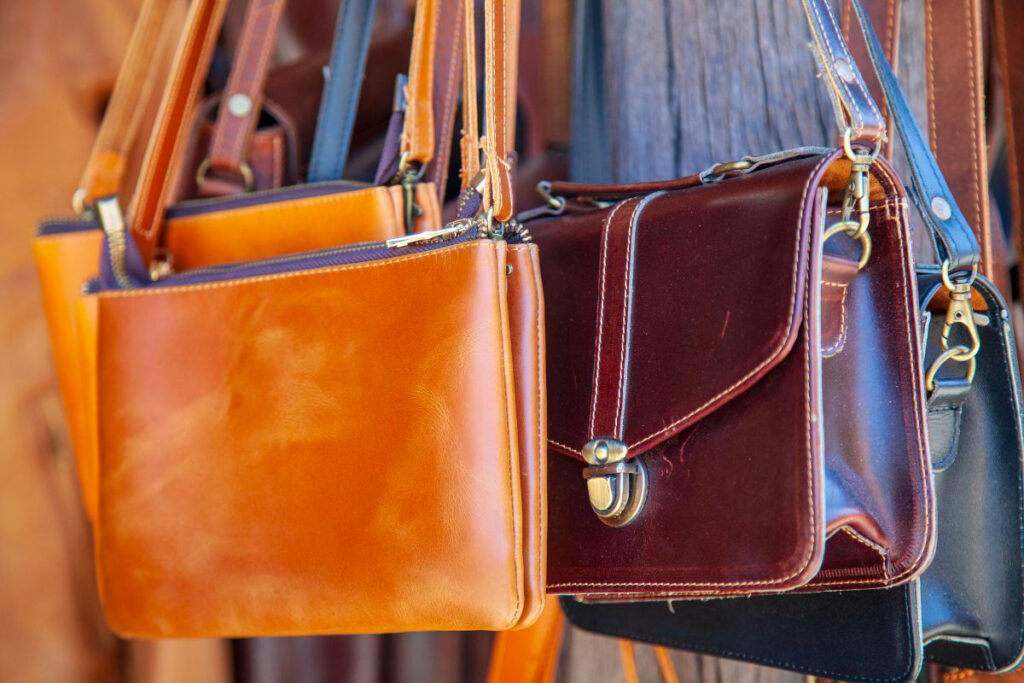
This is the question everyone asks – and for good reason. In Hoi An, leather comes from several countries, but not all leather is created equal. Basically, you’ll mostly come across four main sources:
- Chinese leather: The most common in basic tourist shops. Often too thin, it ages poorly and won’t last if you actually plan to use your bag. If you want something solid, better skip it.
- Vietnamese leather: Pretty decent, solid, and well-suited for bags. Personally, that’s what I go for when I have a bag made.
- Thai leather: Great quality too, sometimes a bit more expensive, but definitely worth it.
- Lao leather: Less common, but you might find it in some good workshops.
Let me be straight with you – if someone offers you Chinese leather or if the price seems too good to be true, be careful. Always go for Vietnamese or Thai leather. It’s thicker, more durable, and you’ll end up with a bag that will actually last once you get back home.
The Different Leather Qualities

Even if you’re not an expert, you should at least know the basics to avoid getting fooled. Shops here talk a lot about leather, but the quality varies a lot. These are the three types you’ll run into the most:
- Full-grain leather: This is the top-notch stuff. It keeps the natural grain of the skin, meaning it hasn’t been sanded or altered. It’s thicker, stronger, and most importantly, it ages beautifully. Over time, it develops a nice patina. If you find it, don’t hesitate – go for it.
- Genuine leather: Yes, it’s real leather, but it’s a step down. It’s still okay for a bag if you’re not too picky, but clearly, it won’t last you a lifetime.
- Corrected-grain leather: This is entry-level leather. It’s been sanded down and covered with a synthetic layer to hide imperfections. It will look nice in the shop, but it won’t age well. I don’t recommend it unless you’re looking for a cheap bag for occasional use.
My advice: Don’t hesitate to touch, fold, and inspect the leather. Ask questions and compare a few shops. You’ll quickly spot the difference.
Types of Leather Shops in Hoi An: How to Spot the Good Ones

In Hoi An, there are basically two types of leather shops – and trust me, it makes all the difference when it comes to quality.
- The “tourist” shops: You’ll spot these in no time. Big displays packed to the brim, ready-made bags piled everywhere, and salespeople who are often a little too eager. Here, customization is very limited, and most of the time you’ll be dealing with Chinese leather. Sure, it’s technically leather, but if you plan to use your bag daily, it won’t last. These are the typical bags you’ll find at the market or in shops catering mainly to tour groups.
- The real artisan workshops: Completely different story. These are smaller, more discreet shops or workshops that work with Vietnamese, Thai, or sometimes even Lao leather, often in small batches. Here, you can fully customize your bag: size, design, leather type, lining, accessories – it’s entirely up to you. Plus, the service is usually much better, and the artisans actually take the time to discuss your project properly.
Also, watch out for a classic trick in Vietnam: commissions. If a guide or even your hotel insists on recommending a “great” leather shop, be cautious. More often than not, there’s a 20% to 30% commission baked into the price – and guess who ends up paying for it? You. So, the best thing you can do is find your own shop, compare a few, and take your time.
How to Tell Real Leather from Fake in Hoi An
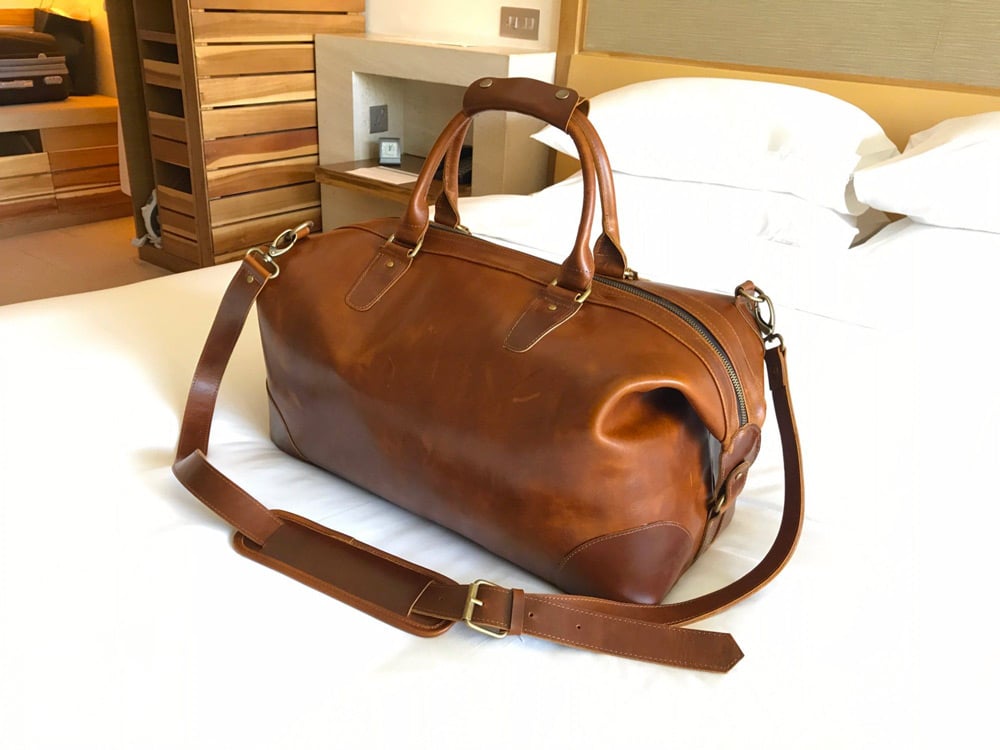
With the sheer number of leather shops in Hoi An, you’re bound to come across fake leather at some point. Some sellers even present it – without blinking – as “genuine leather.” So, to avoid getting fooled, here are a few simple tricks.
- The touch test: Real leather has a slightly irregular texture. It shouldn’t feel perfectly smooth like plastic. If it feels too soft or too uniform, be cautious.
- The smell test: It might sound silly, but real leather has a very distinctive smell. If it smells like plastic or anything synthetic, just walk away.
- The lighter test: This is my personal favorite. No need to set the bag on fire, obviously, just briefly bring a flame close to it. Real leather won’t burn or melt easily, while fake leather (often called “si-mi-lee” by the sellers here) will burn or melt quickly. If you’re unsure, don’t hesitate to ask the seller to do the test in front of you.
Overall, most shops do sell real leather, but some mix it with fake leather, especially for linings or small parts of the bag. So, keep your eyes open and, most importantly, ask questions. If a seller refuses to do the test or avoids the topic, it’s usually not a good sign.
How Much Does a Custom Leather Bag Cost in Hoi An?

Prices will obviously depend on a few things: the size of the bag, the type of leather, how customized you want it, and of course, which shop you go to. To give you a rough idea, a small basic leather bag usually starts around 50 to 70 USD (about 1,200,000 to 1,700,000 VND). If you’re looking for a large travel bag, a laptop bag, or a bag with lots of custom details, you’ll easily hit 100 – 150 USD (around 2,500,000 to 3,500,000 VND), or even more if you go for full-grain leather and premium finishes.
Just a heads-up: some of the typical “tourist shops” won’t hesitate to start you off at 200 USD for a medium-sized bag, hoping you don’t know the local prices or that a guide is getting a commission. If you don’t negotiate a little or if you pick the wrong shop, you could end up paying double the fair price.
Overall, for a good quality custom leather bag made at a reliable workshop, you should expect to pay between 70 and 120 USD (about 1,700,000 to 3,000,000 VND). It’s not the cheapest bag you’ll ever buy, but considering the craftsmanship, materials, and customization, it’s actually a pretty good deal.
The Classic Mistakes to Avoid if You Want a Bag That Lasts

There are a few common traps you’ll want to avoid if you don’t want your bag to fall apart before you even get home. Here’s what I’ve learned – sometimes the hard way.
• Zippers: This is usually the first thing to break. Forget plastic zippers, they’ll snap as soon as you overload the bag (which, let’s be honest, always happens). Pay a few extra dollars and go for metal zippers, it makes a huge difference.
• The leather: If it feels too soft or too smooth, it’s often a red flag. Another common trick here is spray-painted leather. Many shops just spray paint the leather to match the color you want, but it chips or fades quickly. Ask clearly if the leather is naturally dyed and, if possible, stick to naturally colored leather.
• Buckles and fastenings: Same thing. Watch out for aluminum or cheap metal buckles. Choose proper metal hardware – a bit heavier, but much more durable. I once lost a laptop because a cheap buckle broke right in the street. Not fun, I can tell you.
• Stitching: Some shops literally glue the stitching instead of sewing it. The result? Your bag starts falling apart after a few weeks. Always insist on stitched seams, no exceptions.
• The lining: Nobody thinks about it, but this is where shops often cut corners. They’ll put a thin fabric lining instead of proper leather or strong canvas. Always check the inside of the bag before placing your order.
In short, take the time to check these small details. They’re exactly what will make the difference between a bag that lasts you for years and one that ends up in the trash after a month.
My Personal Recommendation: Where to Go to Avoid Bad Surprises
I’ll be honest – finding a good leather bag shop in Hoi An is not as easy as finding a good tailor. When it comes to suits, there are plenty of trusted places. But for leather bags? There are quite a few traps.
If I had to recommend just one, it would be Friendly Leather Bags Hoi An, without hesitation. It’s not the biggest shop, and it doesn’t have flashy displays, but they do solid work. Real leather, metal zippers, strong stitching, and above all, great customer service. What I like about them is they don’t push you to buy and they really take the time to discuss your project, making sure you get exactly the bag you want.
And here’s something almost unique in Hoi An: if you’re not happy with your bag, they will refund you. For me, that says a lot about how serious they are. In most shops around here, once you’ve paid, that’s it – even if the bag isn’t what you expected.
So, if you want to avoid the common traps and leave with a leather bag that will actually last, this is the place I recommend with confidence.
- Friendly Leather Bags Hoi An
- Address: 44 Phan Boi Chau, Hoi An
- Website: https://www.facebook.com/leather.bags.hoian/
And if you’re back in France or just prefer to order from home, I also recommend Atelier Hoi An. They do great work and ship directly to you.
My Opinion
Getting a leather bag made in Hoi An is honestly one of the best souvenirs you can bring back – useful, beautiful, and fully customized. But like many things here, you have to know where you’re stepping. Take your time, check the details, don’t rush just because you’re leaving the next day.
If you follow a few basic rules, you’ll go home with a unique and durable leather bag, and maybe even the satisfaction of having dodged a few tourist traps along the way.

